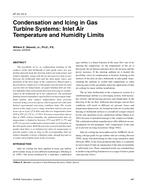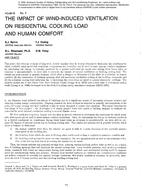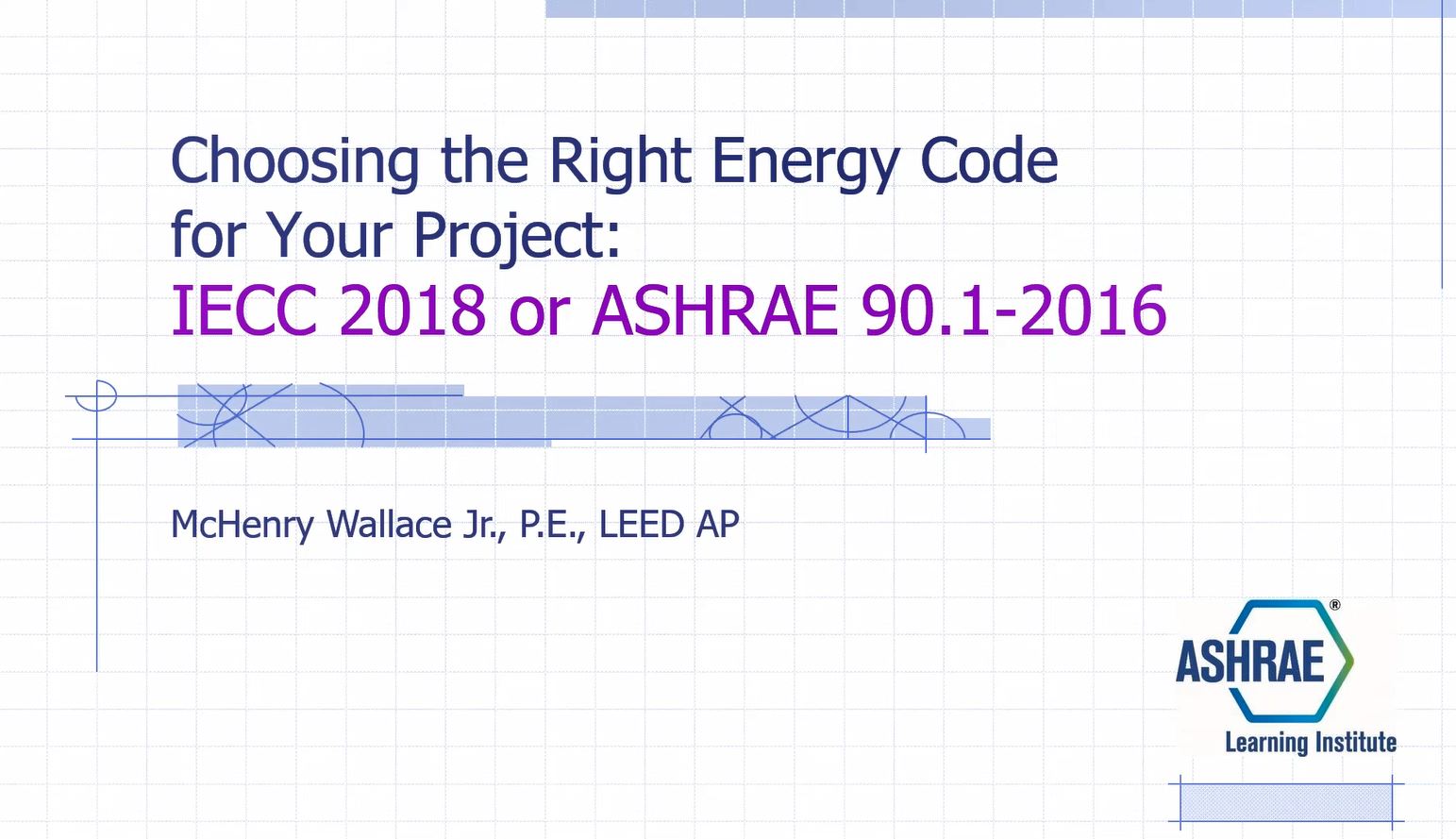International agreements and regulations have outlined plans to phase out hydrofluorocarbon (HFC) refrigerants from a wide range of heating, ventilation, air conditioning, and refrigeration (HVAC&R) applications due to their environmental impact. Some of the proposed replacements are zeotropic mixtures of HFCs and hydrofluoroolefins (HFO). While these mixtures have the advantage of a lower GWP, their condensation differs from the condensation of pure fluids. Specifically, temperatures and compositions in the liquid and vapor phases, as well as at the liquid/vapor interface, deviate significantly from the equilibrium values during condensation. This is due to the differences in saturation temperatures of the constituent fluids at a constant pressure. Furthermore, during condensation, preferential condensation of the less volatile components leads to an accumulation of the more volatile components at the interface, depressing the local saturation temperature and introducing an additional mass transfer resistance. Pure fluid models do not account for these mass transfer related effects. There have been a limited number of investigations on condensation of HFC/HFO mixtures (Jacob et al. 2019b).
In addition, some of these zeotropic refrigerant mixtures are being proposed for applications in high temperature heat pumps and heat pump water heaters. For such applications, the refrigerant superheat temperature may be as high as 35°C (63°F)(Arpagaus et al. 2018), which leads to an increased contribution from another non-equilibrium phenomenon: superheated condensation. Conventionally, the heat transfer in condensers is modeled by assuming a local thermodynamic equilibrium and dividing the condenser in to three different regions: single-phase vapor, two-phase condensation, single-phase liquid. The local heat transfer coefficients for each region are then determined using the appropriate single or two-phase heat transfer correlations. However, past investigation (Kondou and Hrnjak 2012; Agarwal and Hrnjak 2014) on cooling of pure superheated vapors have shown that condensation begins as soon as the condenser tube wall temperature drops below the saturation temperature. This occurs upstream of the location where the refrigerant bulk enthalpy equals the saturation vapor enthalpy, which leads to development of the so-called superheated condensation region. In this region, the measured local heat transfer coefficients are much greater than those predicted by single-phase vapor correlations, due to the prevalence of latent heat transfer. As condensation occurs outside the bounds of the traditionally defined two-phase region, it is extremely important to understand the pressure drop and heat transfer for those conditions. Furthermore, accurately predicting superheated condensation heat transfer offers an opportunity to design compact heat exchangers.
Citation: 2020 Virtual Conference Extended Abstracts Papers
Product Details
- Published:
- 2020
- Number of Pages:
- 4
- Units of Measure:
- Dual
- File Size:
- 1 file , 1.5 MB
- Product Code(s):
- D-VC-20-A002


